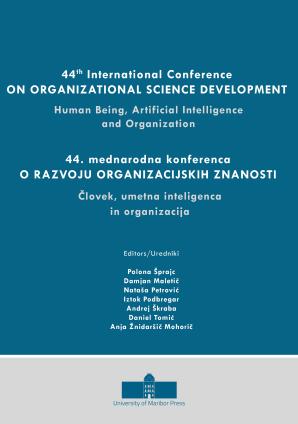Adaptive Neural Network Models for Tourism Preference Prediction: A Case Study in Serres
Kratka vsebina
This study presents the development of a tourist preference prediction system for the Municipality of Serres, based on data collected from visitor questionnaires. The system utilizes 14 neural networks, one for each potential destination or activity, to predict the likelihood of new visitors engaging with them. The models consist of four hidden layers with 16 neurons each, employing ReLU activation functions, and a sigmoid output layer for probability predictions. The binary_crossentropy function is used for error estimation. Categorical data, such as gender, country of origin, and mode of transport, are encoded using one-hot encoding, and the training process is implemented with the TensorFlow/Keras library. To deploy the system, an API built with FastAPI provides predictions based on visitor data. Additionally, users can provide feedback on actual visits or activities, enabling the retraining of models to enhance prediction accuracy. This dynamic system adapts to user input, improving over time.







